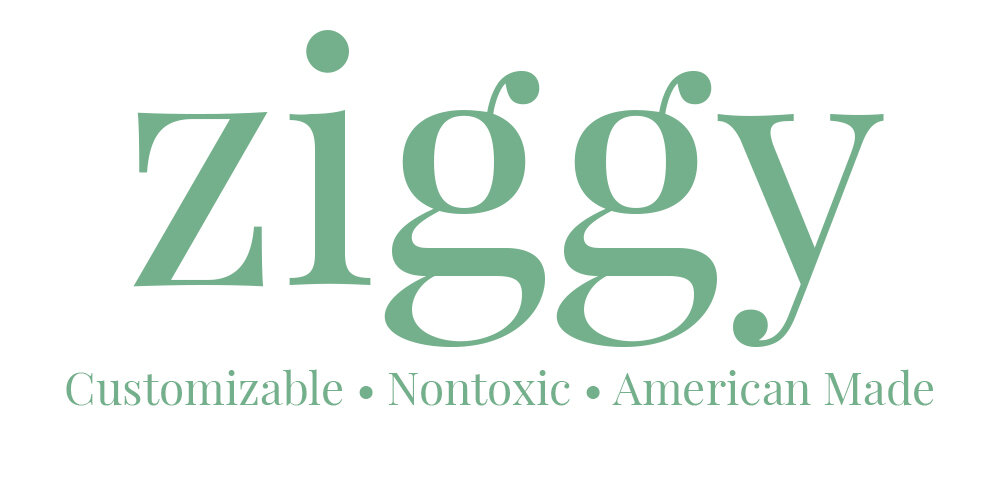Your Home: No Place For Toxicity
It may be surprising to learn about the variety of toxic chemicals that are present and, likely unknowingly, welcomed in your home.
For example, common household cleaners, dry cleaning solvents, preservatives added to clothing, upholstery treatments, aerosol sprays, craft supplies, and even pleasantly scented candles are often filled with chemicals and other unexpected and potentially harmful ingredients.
These chemicals are constantly off-gassing in your home, polluting the air you breathe.
Interactions with these chemicals may cause lung, eye, and skin irritation along with headaches, dizziness, mental fatigue and other potentially harmful longer term effects.
What Are Volatile Organic Compounds?
Volatile Organic Compounds (or VOCs) are compounds that emit as invisible gases into an environment (often referred to as off-gassing), polluting the air that you breathe.
VOCs are toxic and have been linked by the Environmental Protection Agency (EPA) to adverse health effects ranging from headaches and eye, nose, and throat irritation to damage to the central nervous system.
According to the EPA, levels of about a dozen common volatile organic pollutants can be 2 to 5 times higher inside your home than outside, regardless of whether you are located in a rural, urban, or industrial area. Concentrations of many other VOCs are consistently up to 10 times higher indoors than outdoors.
Studies show that while people are using products that contain VOCs, they can expose themselves and others to very high pollutant levels. Exposure to elevated concentrations of VOCs can also persist long after that activity is complete, especially when there is little ventilation.


